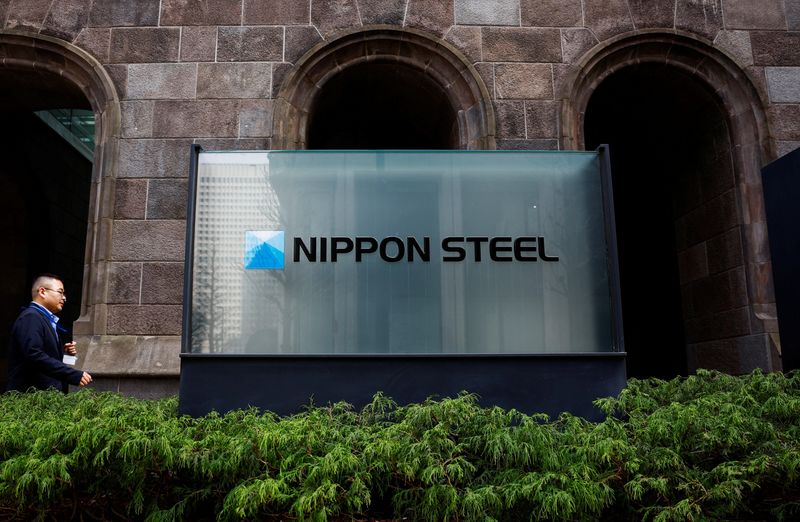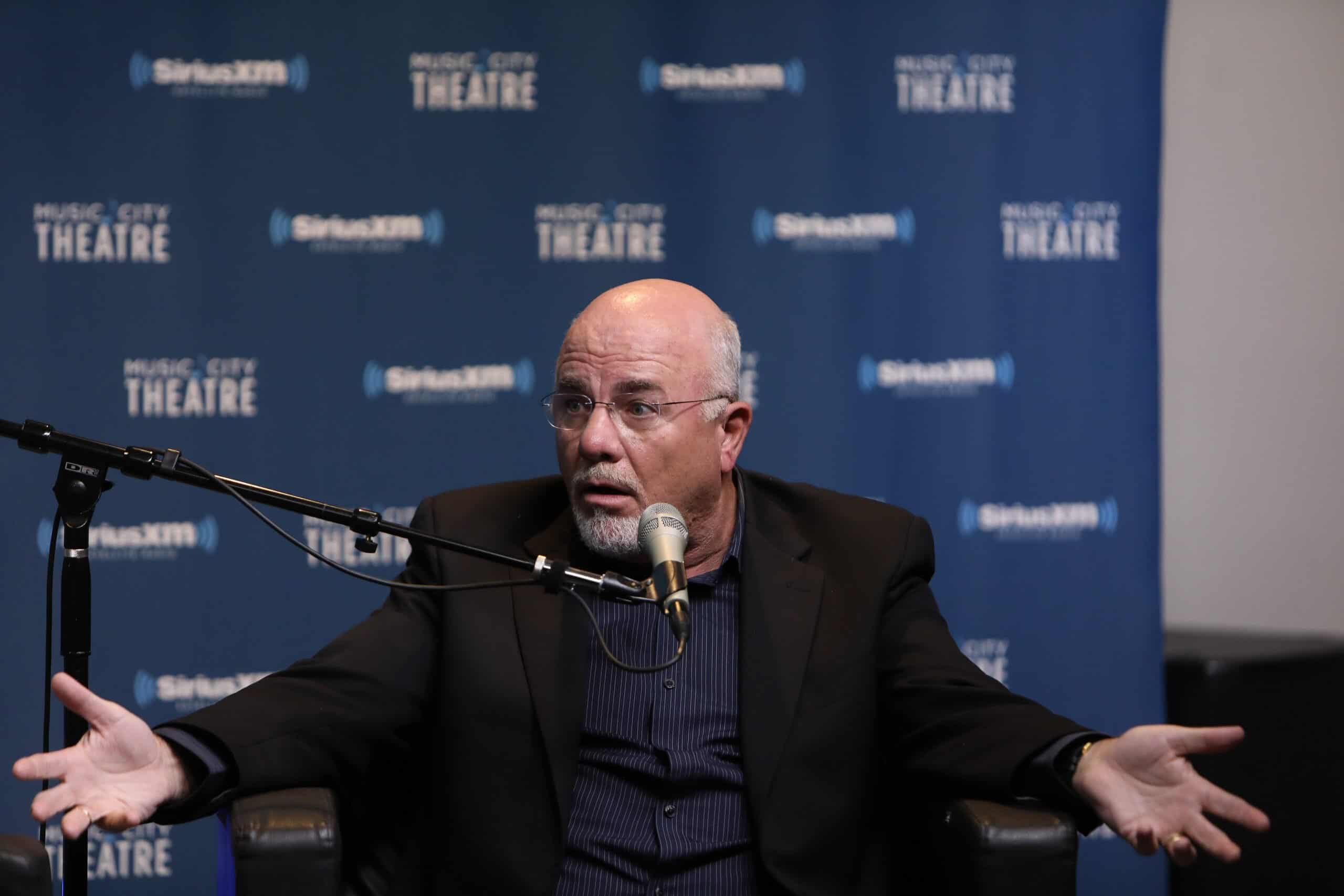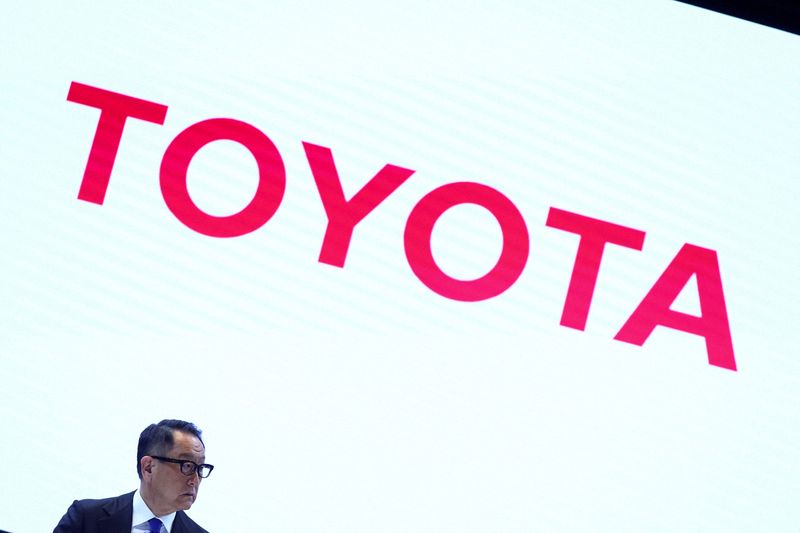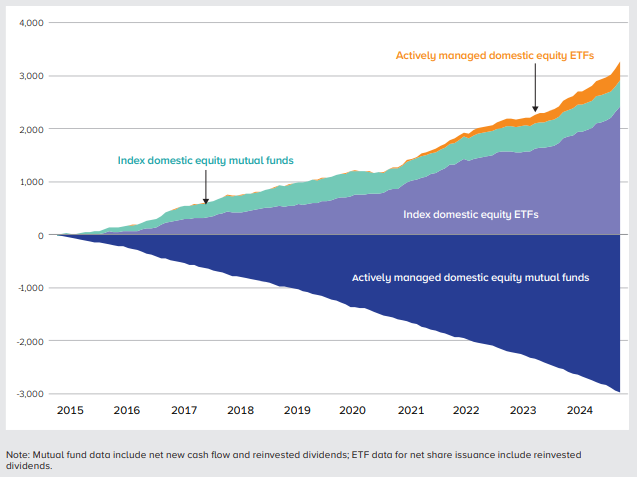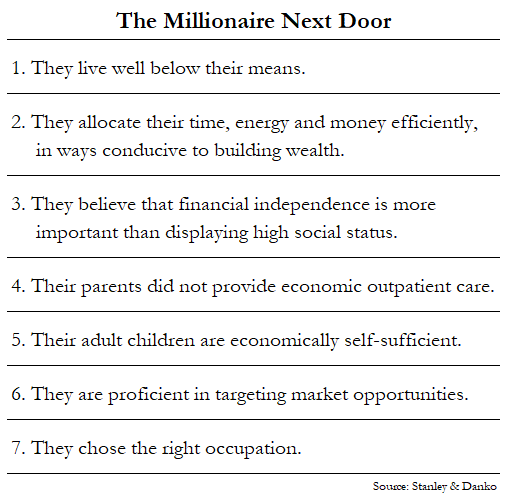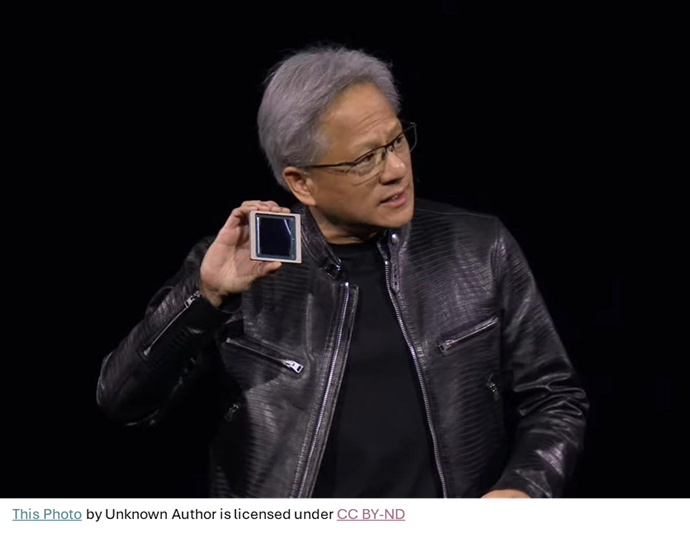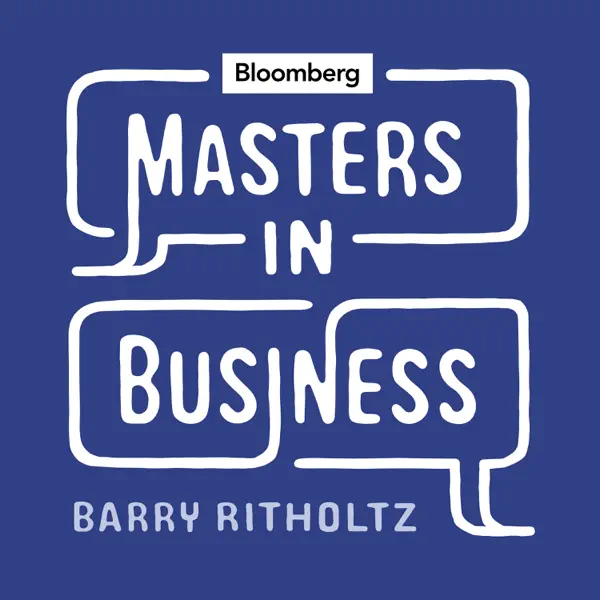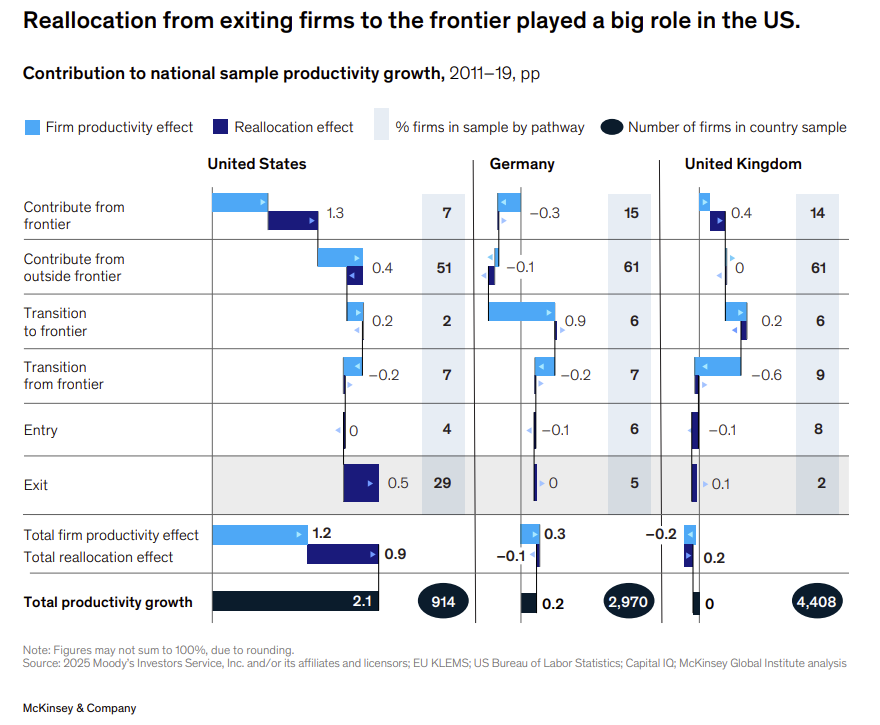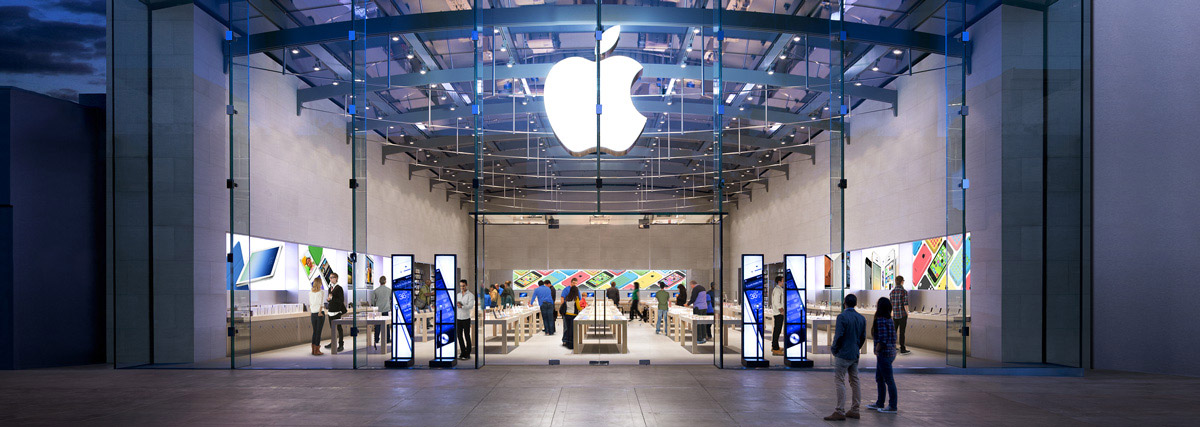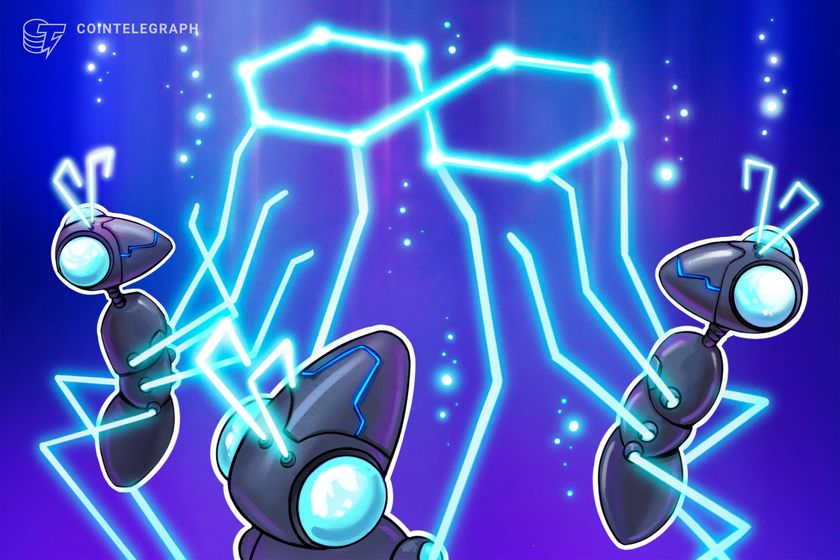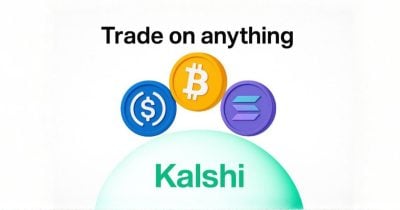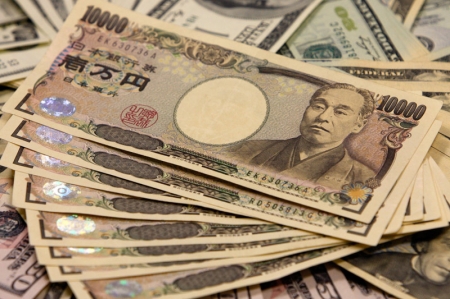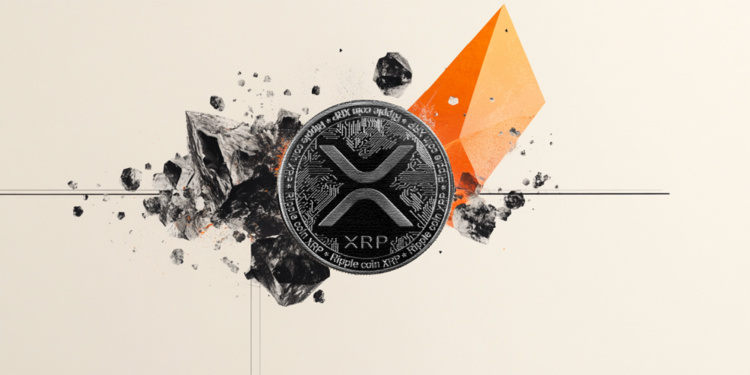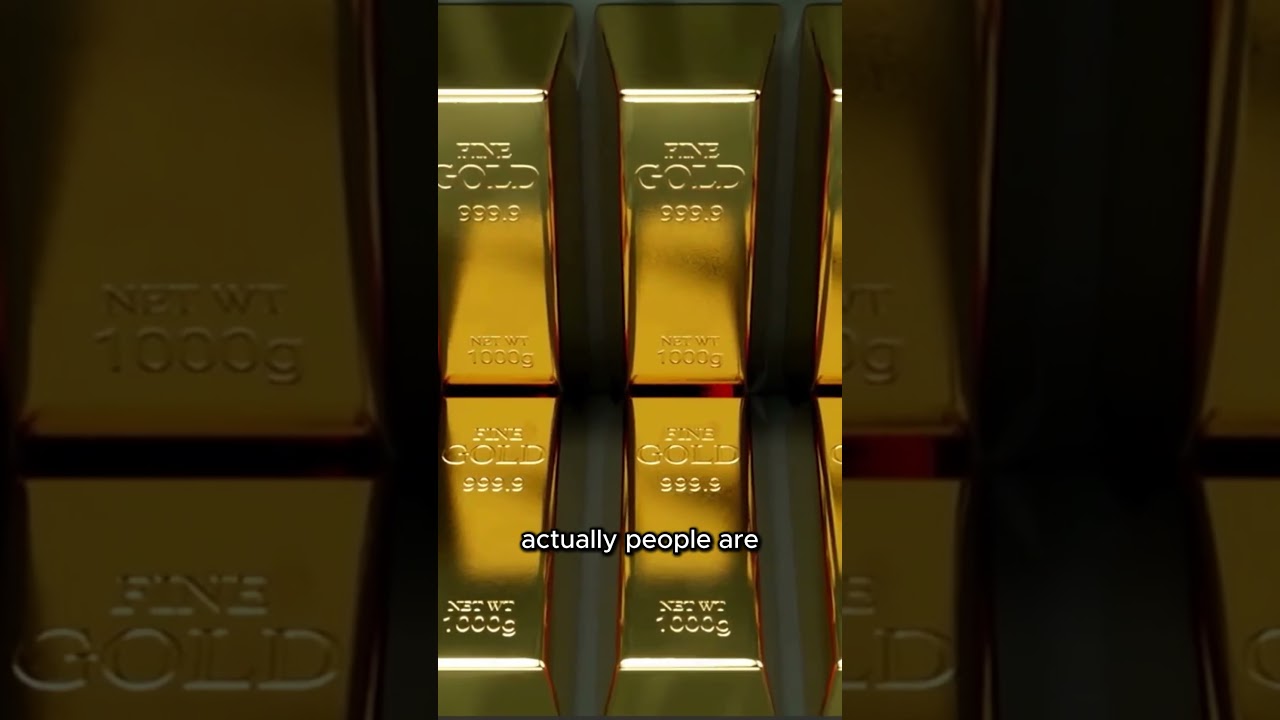Vuori's secret recipe to take down Lululemon
The cult-favorite brand Vuori is taking an unexpected approach, and it appears to be working.
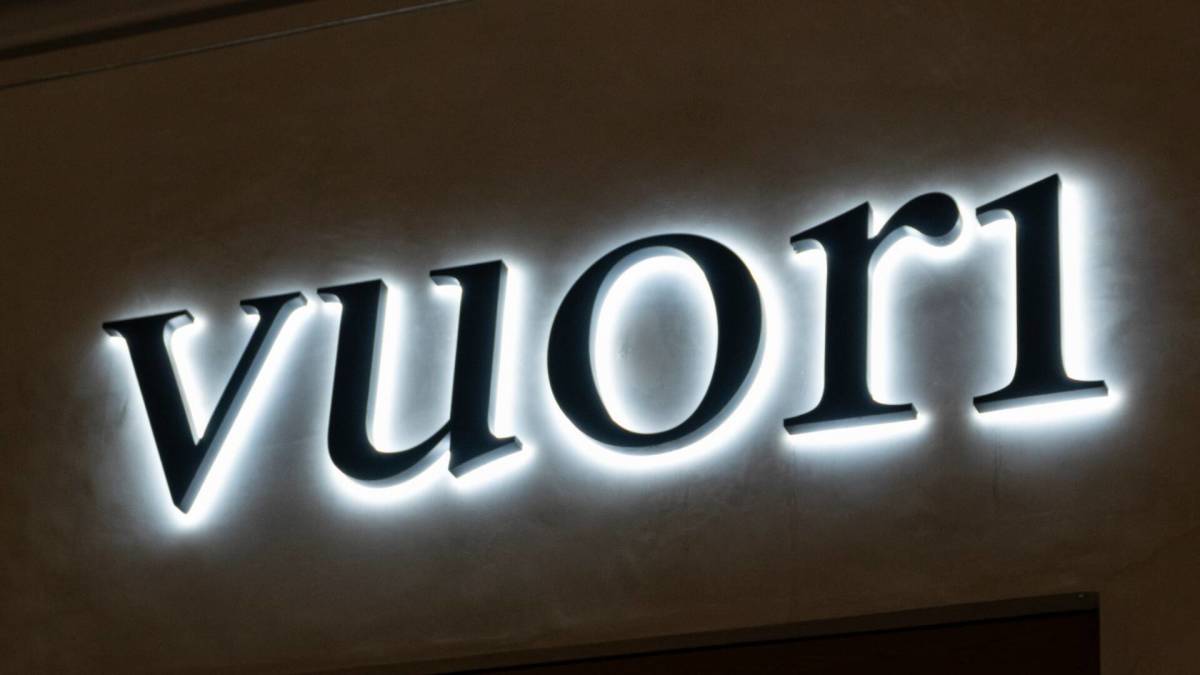
There’s a reason people can’t stop touching Vuori’s joggers in the store.
It’s not just the aesthetics or the fit (although those help). It’s something far more fundamental, and most customers don’t realize how rare it actually is in the apparel world.
While most athletic brands start with trend boards and price-point grids, Vuori begins where almost no one else does: with fabric.
Before there's a sketch or a product name, there's a material — and it's meticulously crafted from the ground up.
Related: This Lululemon rival is thriving as trends take a turn
And yes, it’s the kind of fabric that makes you realize you’ve been absentmindedly rubbing your own thigh. I’ve caught myself doing it more than once, usually while writing or catching up on a show.
There’s something undeniably calming about the softness. It's the kind of feel that doesn’t just happen.
That “fabric-first” philosophy may sound subtle. But in an increasingly crowded athleisure space, it’s helping Vuori do something brands like Lululemon and Alo haven’t: build from the thread up.
It’s not a marketing gimmick — it’s the brand’s origin story. And now Vuori is pulling back the curtain on exactly how it works.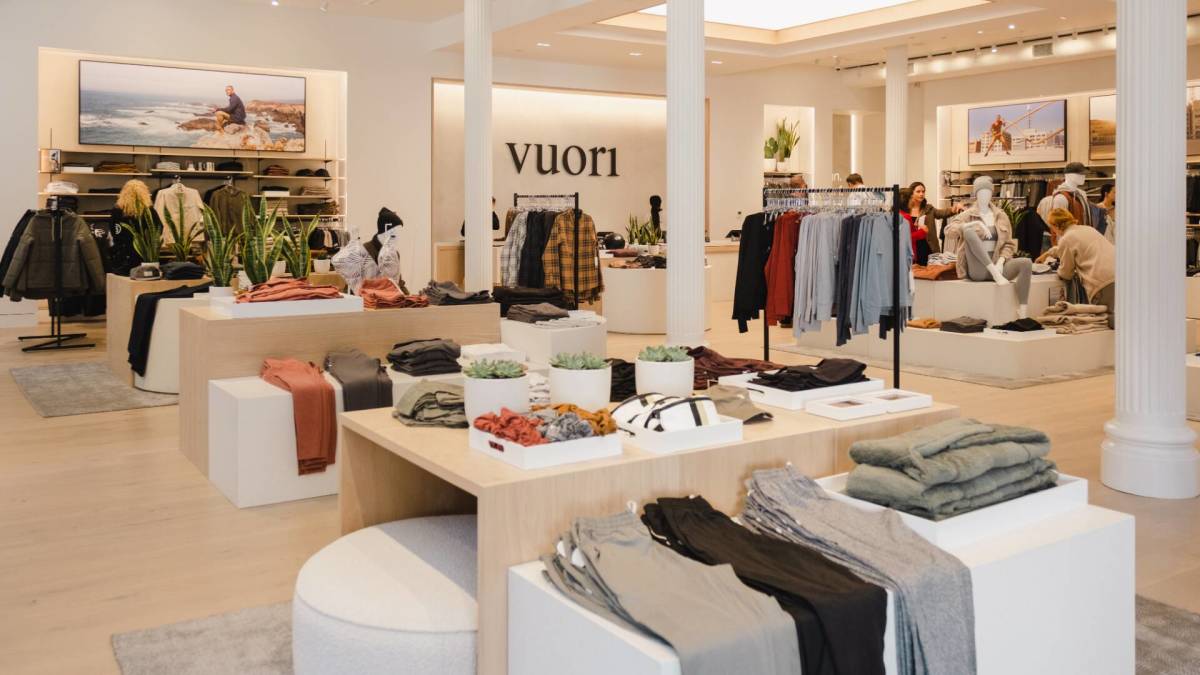
Vuori flips the industry’s process on its head
In a brand video and design manifesto quietly released by Vuori, the company lays out its refreshingly simple approach: prioritize feel, not fashion forecasts.
“Being 'fabric first' is much different than other brands,” one designer says in the video. “They start with concept — we start with fabric.”
What sounds like a design detail is actually a smart business play. Vuori’s unorthodox approach has helped it stand out in a category where discounting is common and price competition is intense.
While most athletic brands rely on constant promotions, Vuori has managed to build brand loyalty around premium pricing and perceived quality.
Related: Lululemon finally releases product customers begged for
Instead of leaning on wholesale partnerships or chasing every trend cycle, Vuori has built a brand around quality, control, and a direct-to-consumer model that prioritizes long-term customer relationships over short-term sales spikes.
The result? A business with real legs. Vuori is now valued at $5.5 billion, has the backing of SoftBank, and continues expanding into international markets.
Analysts increasingly view the brand as a credible challenger to Lululemon’s dominance — and one of the few names in athleisure with lasting power.
How Vuori turned fabric obsession into a $5.5 billion dollar business
Vuori’s viral fabrics (DreamKnit™ and BlissBlend™) aren’t just soft. They’re smart business.
In an industry flooded with fast fashion and trend chasing, Vuori has created products that command loyalty and premium pricing.
This material-driven strategy fuels more than comfort. It supports Vuori’s ability to maintain strong margins, avoid constant markdowns, and build products with long shelf lives, both in closets and on shelves.
That’s rare in athleisure, a category where price wars and margin pressure are common.
By leading with fabric and letting it guide product creation, Vuori has managed to scale while staying distinct. It’s a strategy that reinforces its direct-to-consumer advantage, allowing the brand to tell a cohesive product story while protecting brand equity.
Vuori is positioning itself for global expansion, omnichannel growth, and possibly even a future IPO. But it’s not just joggers going viral — it’s Vuori’s ability to retain pricing power, scale DTC operations, and turn product hype into recurring revenue.
By building from the fabric up, Vuori has built more than a clothing line. It’s created a high-margin, buzzworthy business that may have Lululemon looking over its shoulder.
Related: Gymshark customers furious after second drop disaster








